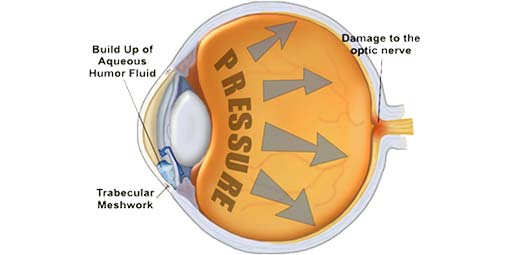Ocular Hypertension
13-04-2022
High eye pressure, or ocular hypertension, is when the pressure, otherwise referred to as intraocular pressure (IOP), within one's eyes is higher than normal. Eye pressure readings equal to or greater than of 21 mmHg (millimeters of mercury) are indicative of ocular hypertension. Left untreated, high eye pressure can cause glaucoma and/or permanent vision loss in some individuals. However, some individuals can experience ocular hypertension without causing any damage to their eyes or vision.
It estimate that between 5% and 10% of North Americans greater than the age of 40 have ocular hypertension. Moreover, researcher findings estimate that ocular hypertension is 10 to 15 times more likely to occur than primary open-angle glaucoma, the most common type of glaucoma.
Optometrists can assess determined by a comprehensive eye exam and visual field testing. If an optometrist discovers that an individual has ocular hypertension, they may prescribe eye drops to reduce your eye pressure. However, because these medications can have side effects, some optometrists may decide to monitor your IOP and take action only if signs of developing glaucoma emerge If eye drops are necessary, but prove to be ineffective in reducing IOP, other glaucoma treatments, including glaucoma surgery, may be recommended.
Regular comprehensive eye exams allow high eye pressure and glaucoma to be diagnosed and treated immediately. Schedule your annual exam today!
Schedule An Appointment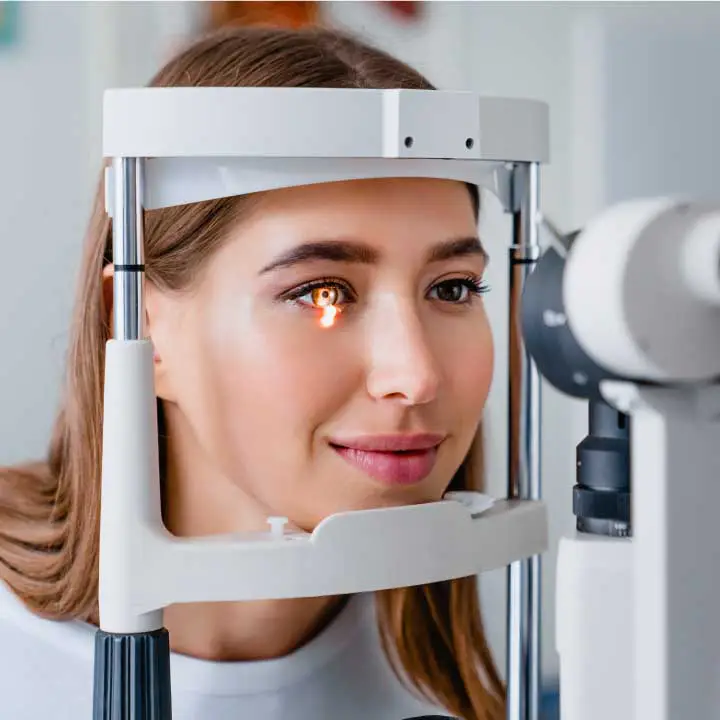
Adult Eye Exams
Our advanced eye exams consist of 25+ modern tests and digital scans to assess eye health, function, and visual acuity.
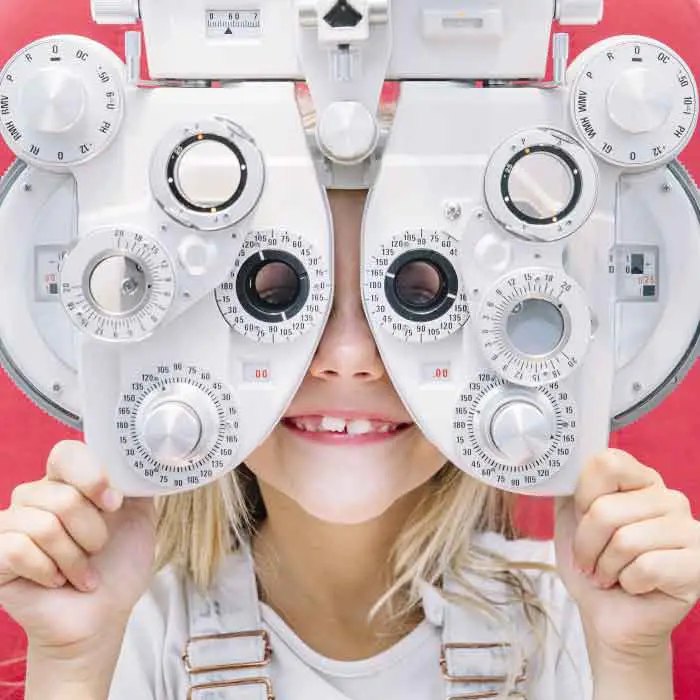
Child Eye Exams
Give your child a clear future with an annual eye exam from our experienced Edmonton optometrists.

Senior Eye Exams
Maintain your vision through your golden years with gold standard eye care from the optometrists at our Edmonton eye clinic.
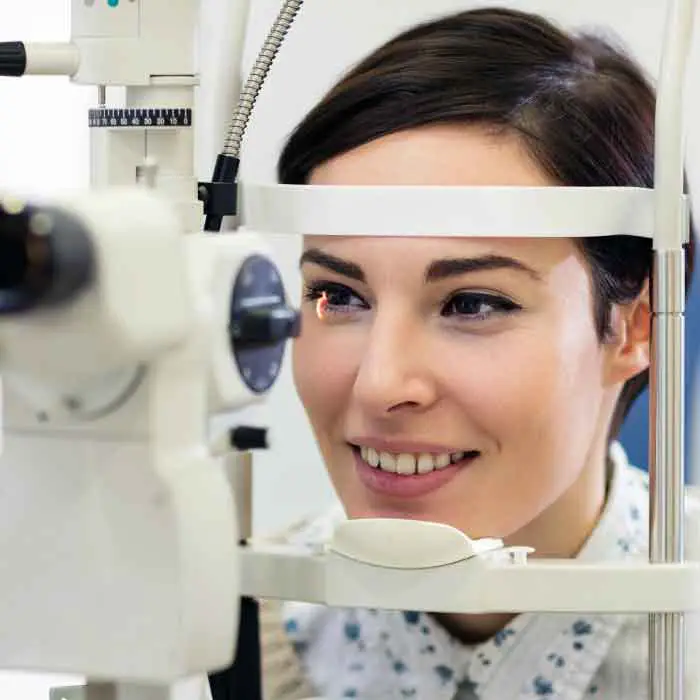
Contact Lens Eye Exams
Our eye exams for contact lens wearers include test and digital scans to assess eye health, function, visual acuity, and lens fit.
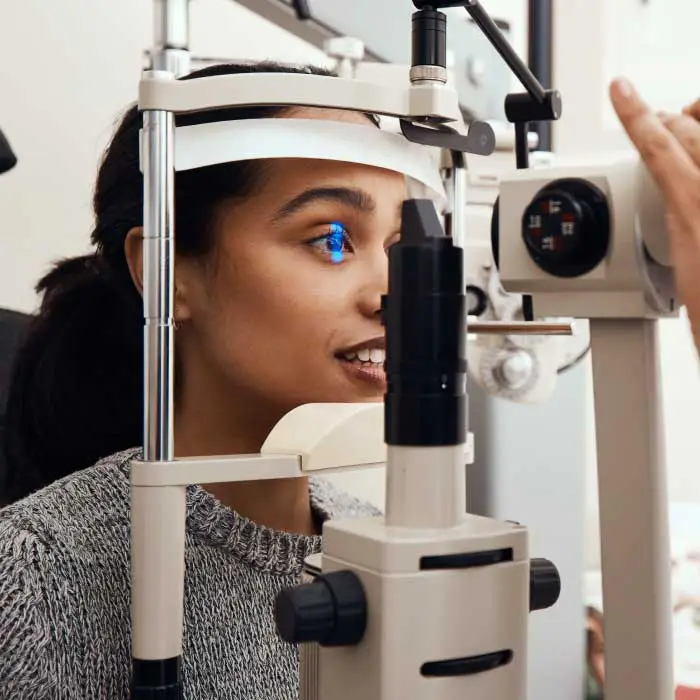
Diabetic Eye Exams
Managing diabetes requires regular eye exams to ensure that diabetes is not causing irreversible vision loss.
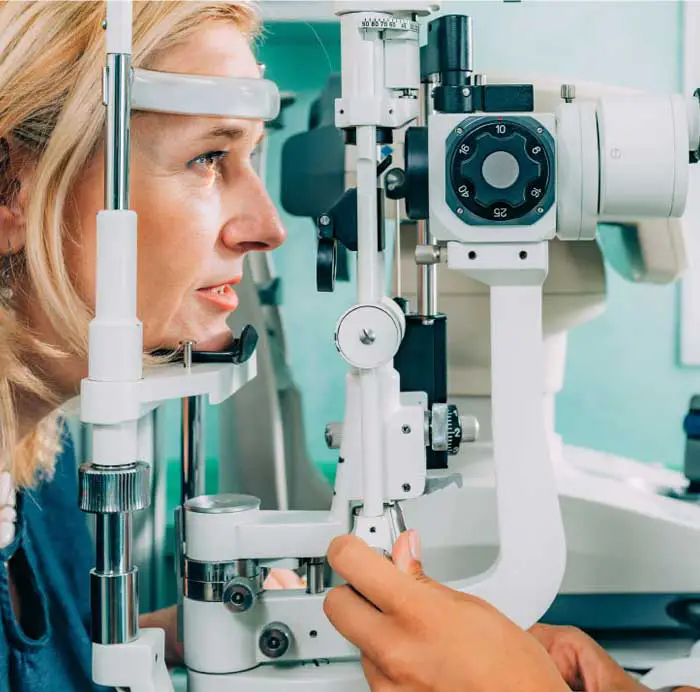
Dilated Eye Exams
Dilating the eyes enables our Edmonton optometrists to see more of the eye so that you many never see less.
Our Edmonton Eye Exams Are Comprised Of 4 Phases Of Evaluation
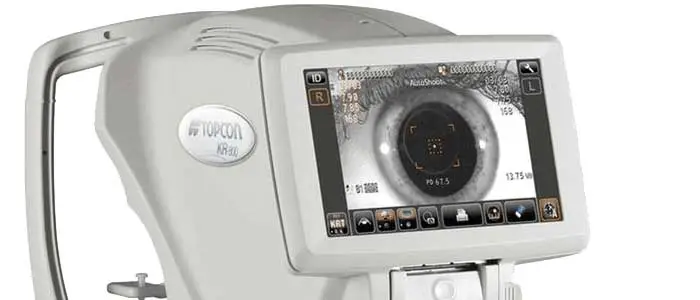
1. Eye Exam Pre-Testing
Corneal Thickness | Intraocular Pressures | Visual Field
Pre-testing is a detailed process that gathers all necessary information for the optometrist in advance of the optometrist-administered eye examination. This process involves completing a detailed patient history, as well as a series of standard tests. Pre-testing is an essential part of the comprehensive eye exam process, providing valuable information and visuals for both the optometrist and the patient.
More About Pre-Testing »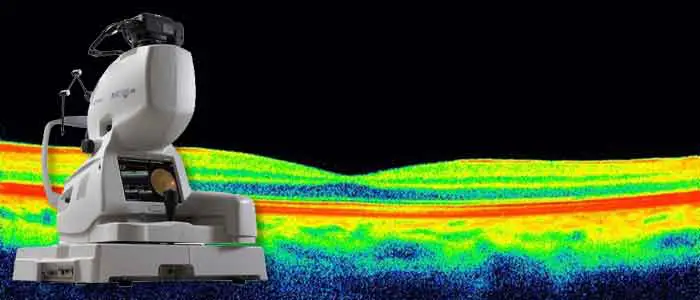
2. Advanced Diagnostic Testing
Retinal Photography, OCT, Topography
eye-deology Vision Care differentiates itself from other clinics by having the most advanced modern diagnostic specialty testing equipment. Specialty equipment, such as a wide-angle high-resolution retinal imager, Optical Coherence Tomography (OCT), Humphrey Visual Field Analyzer and corneal topographer, ensures that patients receive the best comprehensive eye care.
More About Advanced Testing »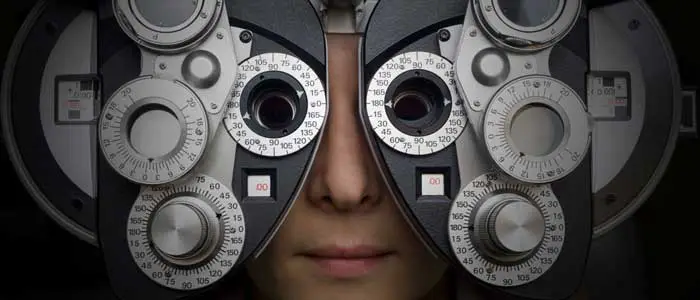
3. Optometrist Examination
Health Assessment & Disease Diagnosis
eye-deology Vision Care Edmonton optometrists perform a multitude of tests and assessments to evaluate ocular health, eye coordination, and visual acuity. In addition, they also evaluate the results of the tests and scans performed during pre-testing. As part of patient education, our optometrists also take the time to show and explain results to patients.
More About Doctor Exam »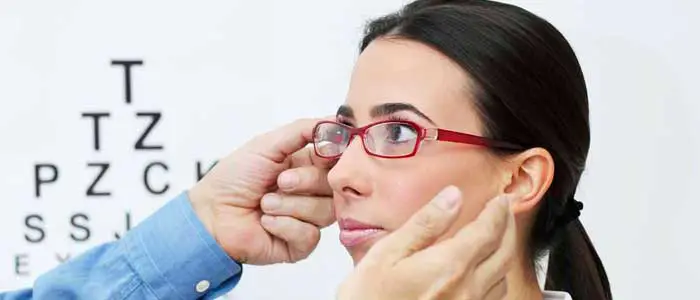
4. Eye Glass Consult
Prescription | Lens Selection | Digital Fitting
If you require corrective lenses to improve your vision, our licensed opticians will customize their fit to your unique attributes, needs, lifestyle, and budget. Our opticians are happy to provide you with information about the latest eyeglass frame and lens technologies available so you can make informed decisions and begin seeing and looking your best.
More About Eyewear Consult »